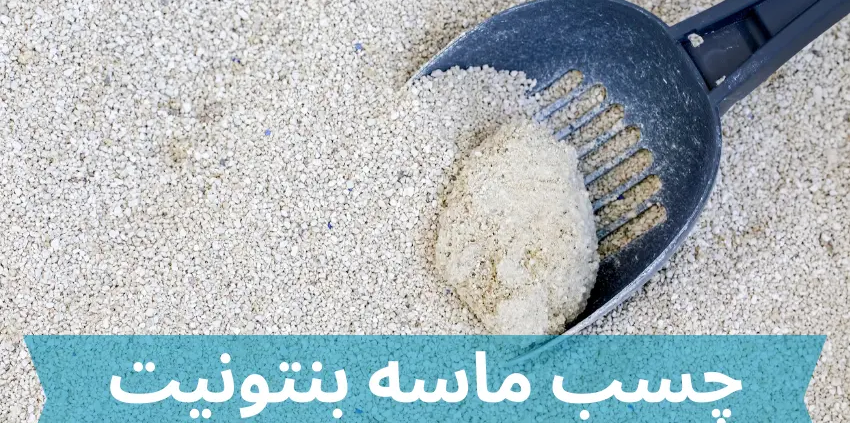
In the world of industry and construction, sometimes there are unusual and little-known materials that can have very wide and surprising applications. One of these materials is bentonite sand glue. This amazing material, which consists of a combination of bentonite clay and sand, has unique capabilities that make it a valuable tool in various industries.
From its applications in construction to its use in agriculture and horticulture, bentonite sand glue is a multi-purpose adhesive that can solve a variety of problems. With unique properties such as strong adhesion, moisture resistance and environmental protection, this magical material is becoming a popular choice for various projects.
What is bentonite sand glue?
Bentonite sand glue is a unique combination of bentonite clay and sand that has strong adhesive properties and interesting physical properties. This material is obtained by the precise combination of these two main components and produces a final product with strong bonding ability and high resistance to harsh environmental conditions. Bentonite sand glue is widely used in various industries including construction, mining, agriculture and even oil and gas industries.
One of the unique features of bentonite sand glue is its strong adhesion. This material can be attached to various surfaces including concrete, stone, metal and even wood and create a strong and stable connection. In addition, bentonite sand glue has a high resistance to moisture and harsh weather conditions, making it an ideal choice for outdoor applications. These unique features make bentonite sand glue to be used in a wide variety of projects.
However, bentonite sand glue also has some limitations and disadvantages. This material may perform poorly against extreme heat or cold and may lose its adhesive properties in dry and moisture-free conditions. In addition, the process of producing and accurately mixing bentonite sand glue requires precision and skill to ensure its quality and proper performance. However, considering its unique advantages, bentonite sand glue remains an attractive and practical choice for many projects.
Applications of bentonite sand glue
One of the most important applications of bentonite sand glue is in the construction industry. Due to its strong adhesion and moisture resistance, this unique material is very suitable for concrete joints, sticking blocks, filling seams and cracks, as well as sealing structures. Bentonite sand glue can be used as a strong restorer for damaged or decayed concrete, extending the useful life of the structure.
Bentonite sand glue has interesting applications in agriculture and horticulture. This material can be used to protect the soil against erosion and prevent nutrient leaching. Also, its use in controlling soil moisture and improving its structure increases irrigation efficiency and better plant growth. In gardening, bentonite sand glue can be used to glue plant parts or stems together.
The applications of bentonite sand glue have been extended to other industries as well. In the oil and gas industry, this material is used to seal wells and protect materials from leaking. In mines, bentonite sand glue can be used to stabilize walls and prevent collapse. Even in the chemical industry, this substance is used as an absorbent to remove pollutants from solutions. Due to its wide range of applications, bentonite sand glue is becoming a key tool in many industries.
Production process of bentonite sand glue
The production process of bentonite sand glue includes several important steps that must be carefully performed to ensure the quality and performance of the final product. The main raw materials needed to produce this natural adhesive are bentonite clay and sand. Bentonite is a type of clay Aluminosilicate It is obtained from the hydrothermal interactions of volcanic. This clay has water absorption properties and high adhesion, which makes it suitable for the production of bentonite sand glue.
The first step in the production process is crushing and grinding bentonite. This will make the bentonite particles the right size to mix with the sand. Then, a precise amount of crushed bentonite is mixed with the sand. The mixing ratio of bentonite to sand is usually between 5 and 15% and is determined based on the final application of the adhesive. After complete mixing, some water is added to the mixture to obtain a homogeneous and workable paste.
The final step is to prepare the bentonite sand glue for use. This paste can be spread manually or using industrial machines. Then, allow enough time for the glue to dry and harden. Drying time depends on environmental conditions such as temperature and humidity. After complete drying, bentonite sand glue is ready to be used in various applications. Strict compliance with the production process and quality control plays an important role in guaranteeing the optimal performance of this natural and functional adhesive.
